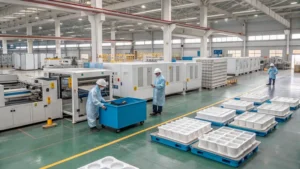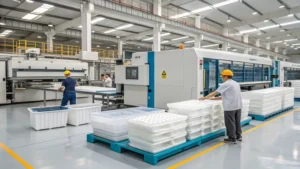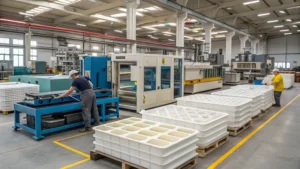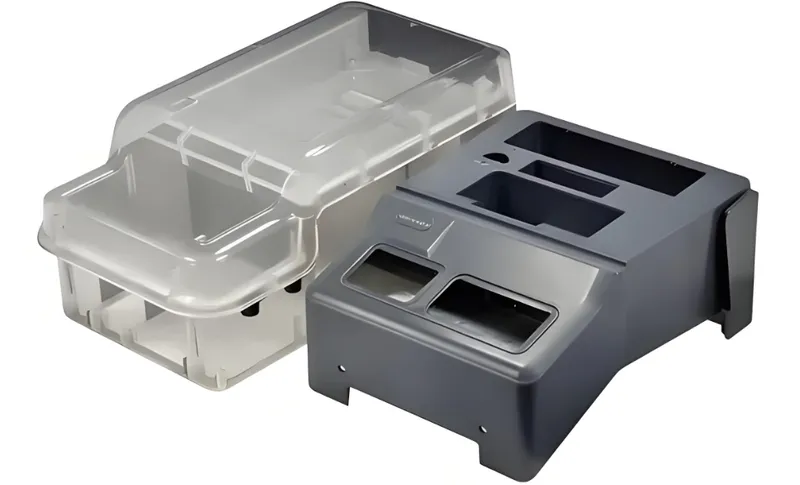
Thermoforming is a versatile manufacturing process that heats plastic sheets and molds them into precise shapes, making it an essential technique for producing electronic housings1. These housings protect electronic components, offering structural support and durability while maintaining a lightweight design. Used widely in devices like laptops, control panels, and medical equipment, thermoforming provides cost-effective solutions with significant design flexibility.
Thermoforming transforms plastic sheets into lightweight, durable electronic housings for devices such as laptops and medical enclosures, leveraging materials like ABS and polycarbonate for strength and versatility.
This blog post explores how thermoforming2 enhances electronic housings manufacturing. From material selection to process steps and applications, you’ll gain insights into why this method is a go-to choice for creating protective, functional, and aesthetically pleasing enclosures.
Thermoforming is a cost-effective method for producing electronic housings.True
With lower tooling costs and faster production cycles, thermoforming is economical for medium to large production runs compared to injection molding.
Thermoforming can achieve the same precision as injection molding.False
While it offers design flexibility, thermoforming doesn’t match injection molding’s precision for intricate details.
- 1. What is Thermoforming and Its Importance in Electronic Housings?
- 2. What are the Common Materials Used in Thermoforming for Electronic Housings?
- 3. What are the Steps in the Thermoforming Process for Electronic Housings?
- 4. What are the Applications of Thermoforming in Electronic Housings?
- 5. What are the Advantages and Limitations of Thermoforming for Electronic Housings?
- 6. Conclusion
What is Thermoforming and Its Importance in Electronic Housings?
Thermoforming involves heating a thermoplastic sheet until it’s pliable, then shaping it over a mold using vacuum or pressure, and finally trimming it into a finished product. In the context of electronic housings, this process creates enclosures that shield sensitive components from dust, moisture, and impact, while also supporting device aesthetics and functionality.
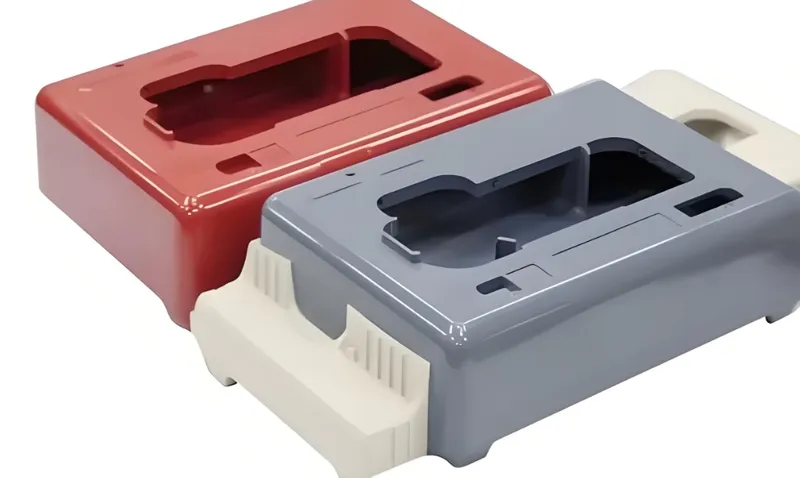
Thermoforming is vital in electronic housings for its ability to produce complex, lightweight shapes cost-effectively, using a variety of durable plastics3 tailored to specific needs.
Why Thermoforming Matters in Electronics
-
Design Flexibility: It enables intricate shapes and undercuts, crucial for fitting electronic components snugly.
-
Cost Savings: Lower mold costs make it ideal for prototyping and medium-volume production.
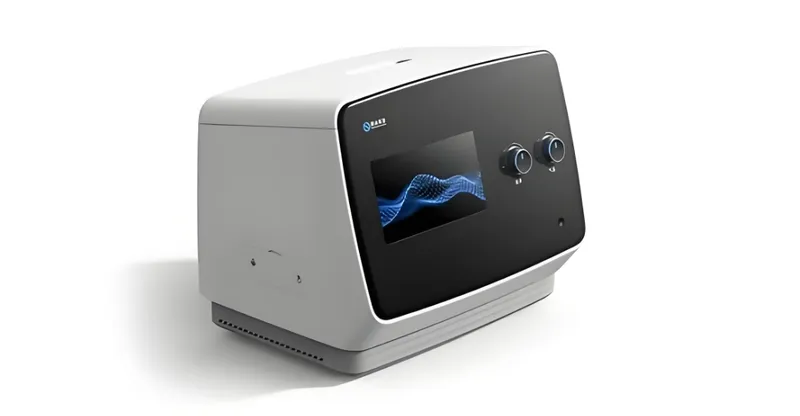
-
Material Options: A range of plastics offers properties like strength, transparency, and heat resistance.
-
Lightweight Durability: Housings are strong yet light, perfect for portable devices.
Thermoforming is limited to simple designs in electronic housings.False
It excels at creating complex shapes, accommodating detailed electronic layouts.
Thermoforming is more expensive than injection molding for large runs.True
For very high volumes, injection molding’s faster cycles outweigh thermoforming’s initial cost advantages.
What are the Common Materials Used in Thermoforming for Electronic Housings?
The success of thermoformed electronic housings4 depends heavily on material choice5. Plastics like ABS, polycarbonate, PETG, and HIPS6 are popular, each bringing unique benefits suited to different electronic applications.
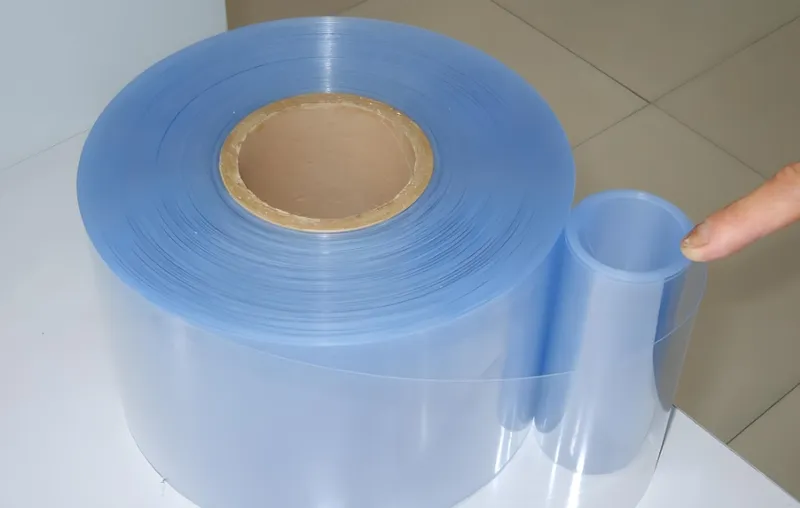
ABS7, polycarbonate8, PETG, and HIPS are key materials in thermoforming, offering strength, transparency, chemical resistance, and cost-effectiveness for electronic housings.
| Material | Properties | Applications |
|---|---|---|
| ABS | High impact resistance, dimensional stability | Laptop housings, control panels |
| Polycarbonate (PC) | Strength, transparency, heat resistance | Phone cases, medical enclosures |
| PETG | Clarity, chemical resistance, easy forming | Component trays, display covers |
| HIPS | Low cost, good impact resistance | Trays, signage, toy housings |
Choosing the Right Material
-
ABS: Known for strength and ease of finishing, ideal for robust housings.
-
Polycarbonate: Offers transparency and heat resistance for displays or high-temperature environments.
-
PETG: Excels in clarity and chemical resistance, often used in medical or display applications.
-
HIPS: A budget-friendly option for simpler, less demanding housings.
ABS is widely used due to its impact resistance.True
Its durability makes it a top choice for protecting electronics.
All thermoforming plastics handle high heat equally well.False
Polycarbonate thrives in heat, while HIPS may falter under similar conditions.
What are the Steps in the Thermoforming Process for Electronic Housings?
Thermoforming follows a structured process to transform plastic sheets into precise electronic housings, ensuring consistency and quality.
The process includes heating, forming, cooling, trimming, and finishing, tailored to craft durable, precise electronic housings.

1. Material Selection
Select a thermoplastic based on the housing’s needs—e.g., ABS for strength or polycarbonate for transparency.
2. Sheet Preparation
Cut the plastic sheet to size, matching the mold and equipment specifications.
3. Heating
Heat the sheet (typically 200-250°C for ABS) until pliable, using ovens or infrared heaters.
4. Forming
Shape the heated sheet over a mold with vacuum (suction) or pressure (air), depending on detail requirements.
5. Cooling
Cool the formed part with air or water to solidify its shape and prevent warping.
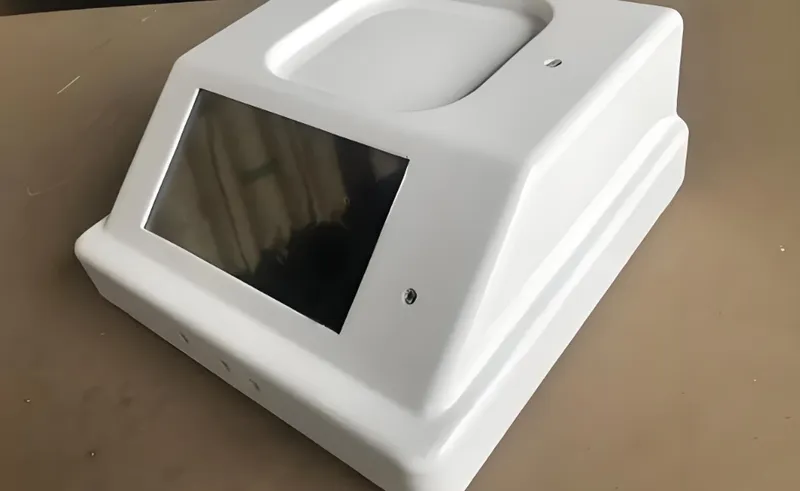
6. Trimming
Trim excess plastic using CNC tools or die cutting for precise final dimensions.
7. Finishing
Add paint, coatings, or inserts (e.g., EMI shielding) to enhance functionality and appearance.
Vacuum forming is the only method used in thermoforming.False
Pressure forming is also used for finer details in complex housings.
Cooling ensures dimensional stability.True
Proper cooling prevents distortion, maintaining the housing’s shape.
What are the Applications of Thermoforming in Electronic Housings?
Thermoforming serves a broad range of electronic devices, delivering lightweight, protective housings with tailored designs.
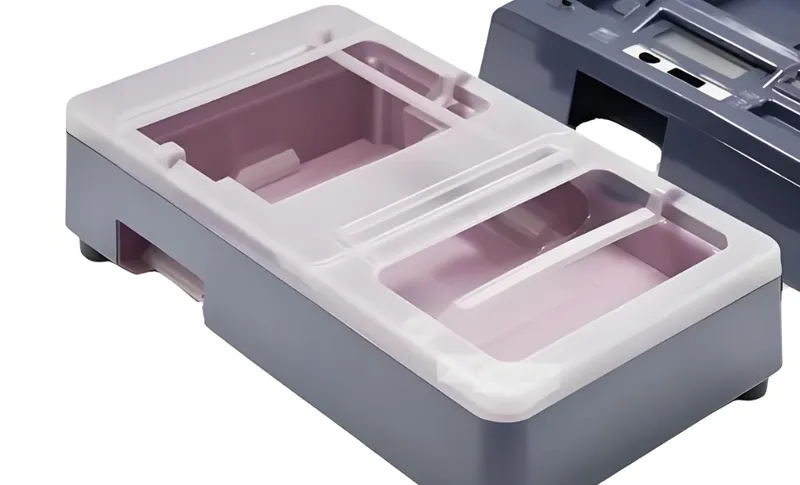
It’s used in laptops, control panels, medical devices, and more, offering lightweight protection9 and design versatility.
Key Applications
-
Laptops and PCs: Durable ABS or polycarbonate housings for structural support.
-
Control Panels: Custom shapes for industrial and consumer electronics.
-
Medical Devices: PETG or polycarbonate enclosures for hygiene and durability.
-
Portable Cases: Impact-resistant covers for cameras and gadgets.
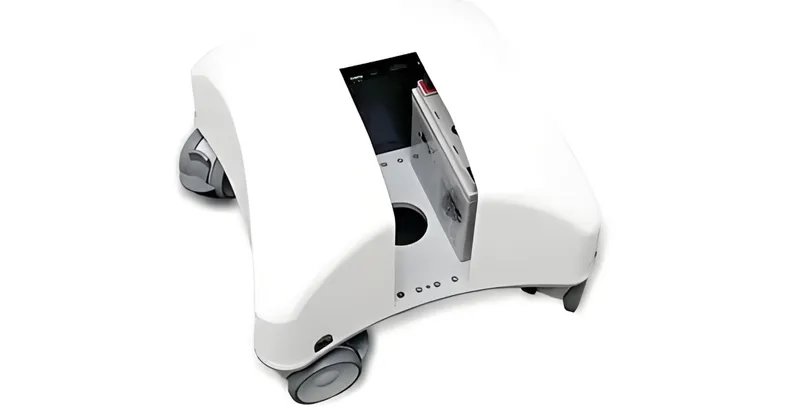
Benefits for Electronics
-
Prototyping Speed: Fast iterations for design testing.
-
Complex Shapes: Fits intricate electronic layouts.
-
Cost Efficiency: Affordable for medium runs and large parts.
Thermoforming suits high-volume production best.False
It’s more cost-effective for medium volumes; injection molding excels at scale.
Thermoforming supports EMI shielding.True
Coatings or additives can enhance housings with EMI protection.
What are the Advantages and Limitations of Thermoforming for Electronic Housings?
Thermoforming balances benefits and drawbacks, making it a strategic choice depending on production needs.
It offers cost-effective tooling10 and flexibility but is limited by thickness and precision compared to alternatives.

Advantages
-
Affordable Tooling: Cheaper molds than injection molding, great for prototypes.
-
Flexible Design: Handles complex shapes and large parts.
-
Material Range: Supports diverse plastics for varied needs.
-
Speed: Quick cycles for faster production.
Limitations
-
Thin-Walled Focus: Less suited for thick, heavy-duty parts.
-
Precision Trade-Off: Lags behind injection molding for fine details.
-
Waste: Trimming generates excess material, though recyclable.
Thermoforming works well for thick housings.False
It’s optimized for thin-walled designs, not thick structures.
Thermoforming speeds up prototyping.True
Its simple tooling accelerates design iterations.
Conclusion
Thermoforming is a cornerstone in electronic housings manufacturing, blending cost-effectiveness11 with design versatility12. By leveraging materials like ABS and polycarbonate, and a streamlined process of heating, forming, and finishing, it delivers lightweight, durable enclosures for everything from laptops to medical devices. While it shines in prototyping and medium runs, its limitations in precision and thickness highlight the need to choose the right method for each project. As electronics evolve, thermoforming remains a vital tool for innovative, functional housings.
-
Learn about electronic housings and their critical role in protecting sensitive components in devices like laptops and medical equipment. ↩
-
Explore this link to understand the thermoforming process and its applications in various industries, including electronics. ↩
-
Discover the different types of durable plastics and their benefits in manufacturing, especially in creating lightweight and strong products. ↩
-
Explore this link to understand the advantages and applications of thermoformed electronic housings in various industries. ↩
-
Discover the importance of selecting the right materials for optimal performance in electronic applications. ↩
-
Learn about these key materials and their unique properties that make them suitable for electronic housings. ↩
-
Discover the benefits of ABS in electronic housings and why it's a preferred choice in the industry by checking this link. ↩
-
Learn more about polycarbonate's unique properties and its diverse applications in manufacturing by visiting this resource. ↩
-
Explore how lightweight protection enhances device durability and user experience, making it essential in modern electronics. ↩
-
Learn about the advantages of cost-effective tooling in production, especially for prototypes and medium runs. ↩
-
Discover insights on how cost-effectiveness shapes manufacturing decisions in the electronics industry. ↩
-
Learn about the design versatility that thermoforming offers, enhancing product innovation in electronics. ↩



